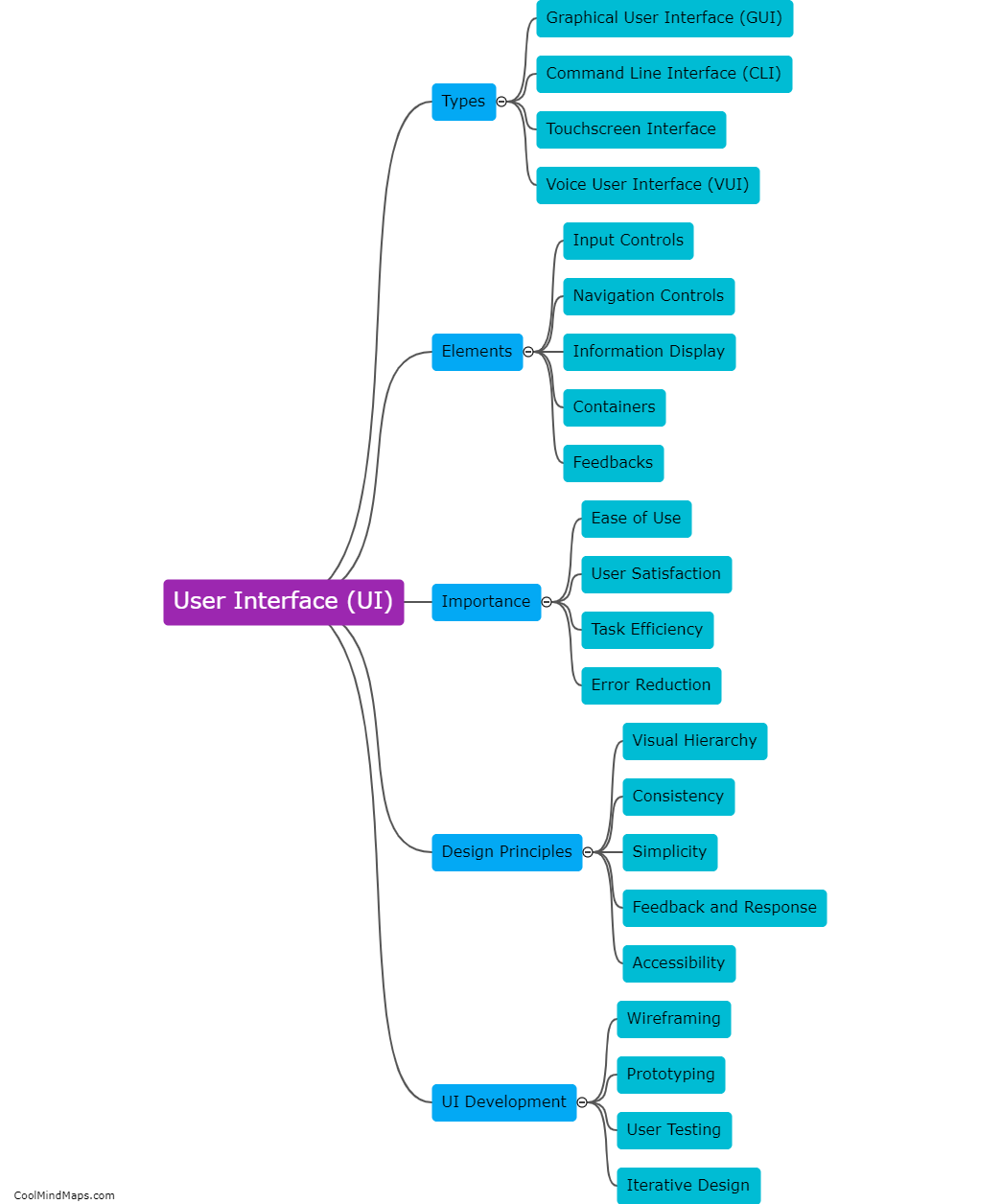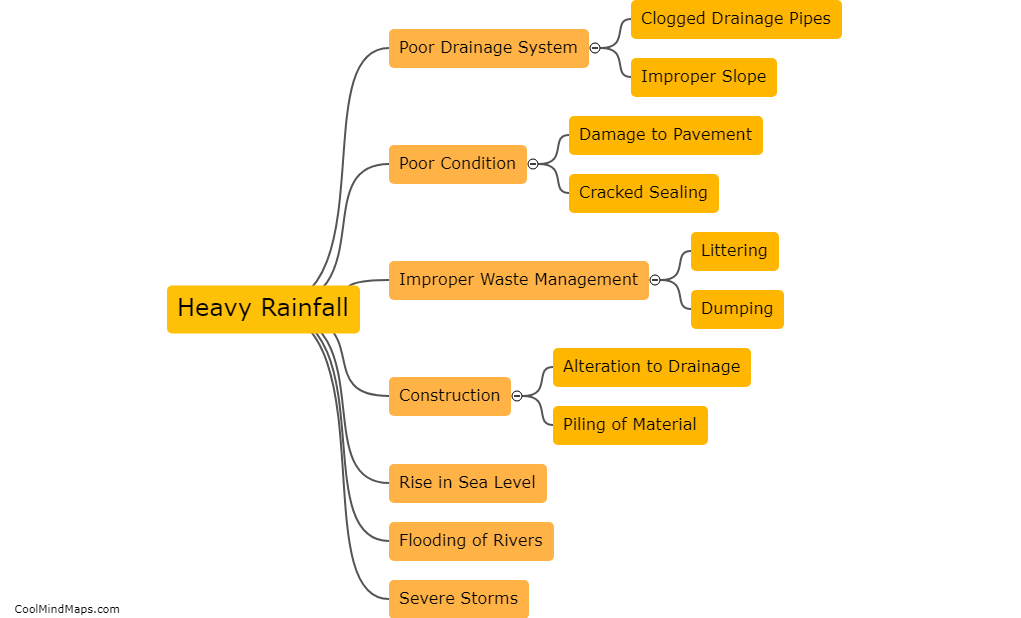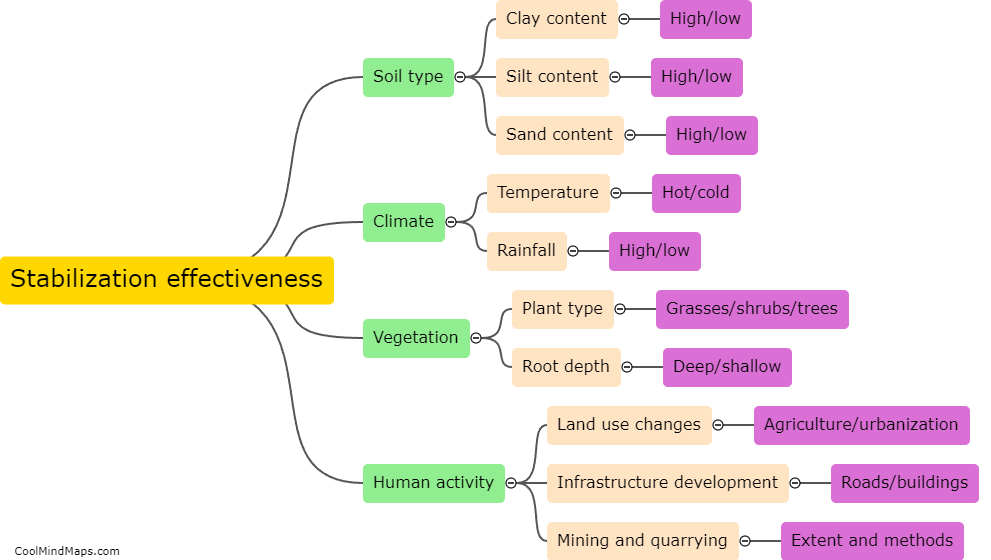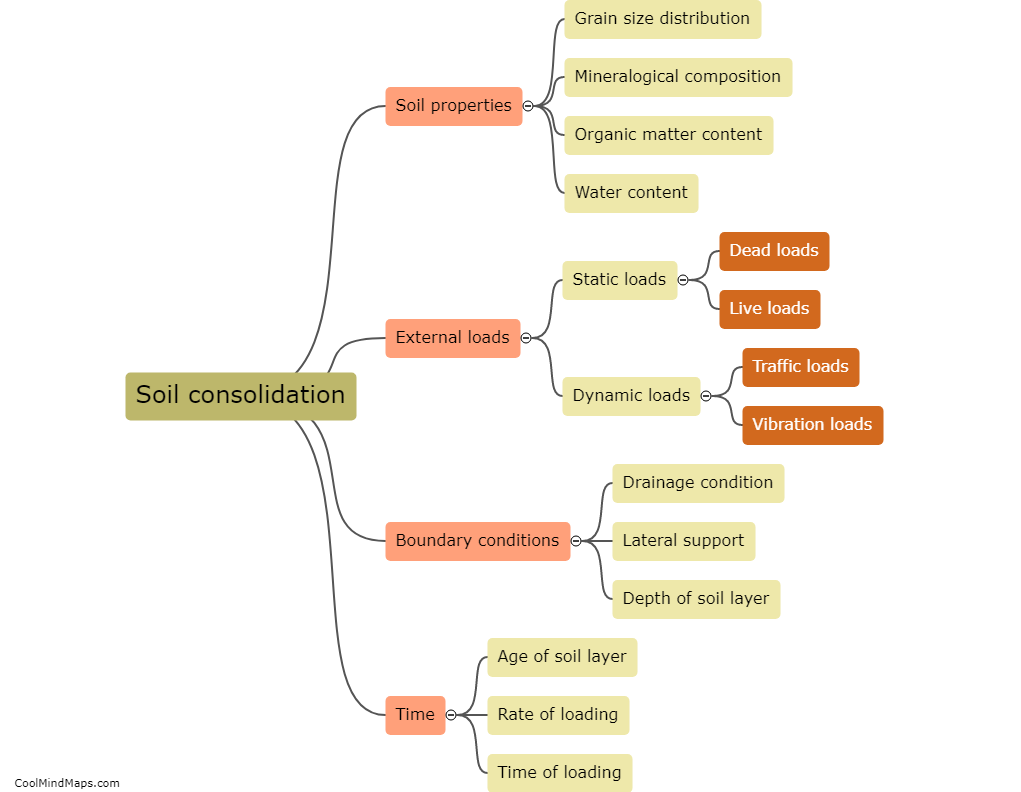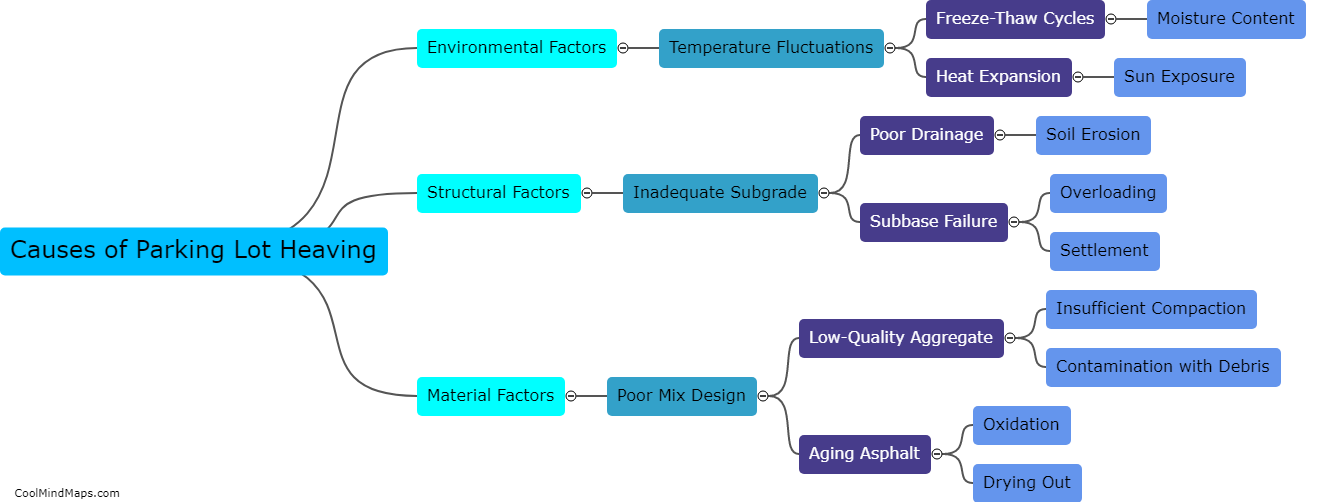What are the theories behind soil consolidation?
Soil consolidation occurs when the weight of a structure or load on top of an area of soil causes the soil particles to compress and settle over time. There are several theories explaining soil consolidation, including the Terzaghi theory, Skempton’s theory, and Bishop’s modified theory. The Terzaghi theory explains that soil consolidation is caused by the drainage of water from the soil, which ultimately compresses the soil particles under the weight of the load. Skempton’s theory explains that soil consolidation occurs due to the rearrangement and realignment of soil particles, resulting in the soil becoming denser and less permeable. Bishop’s modified theory combines aspects of both the Terzaghi and Skempton theories, suggesting that consolidation occurs via a combination of drainage and particle realignment. Understanding the theories behind soil consolidation is important for improving the stability of structures built on top of soil deposits.

This mind map was published on 11 May 2023 and has been viewed 132 times.

